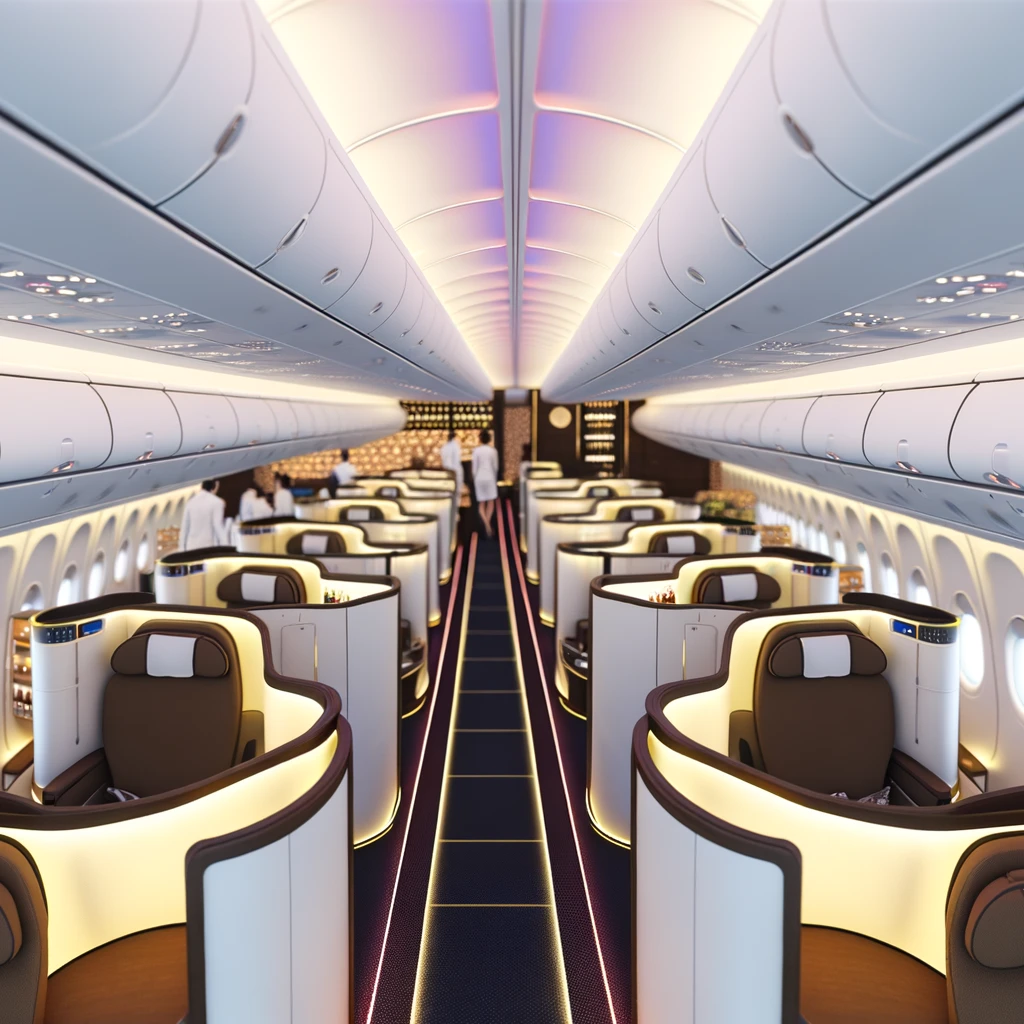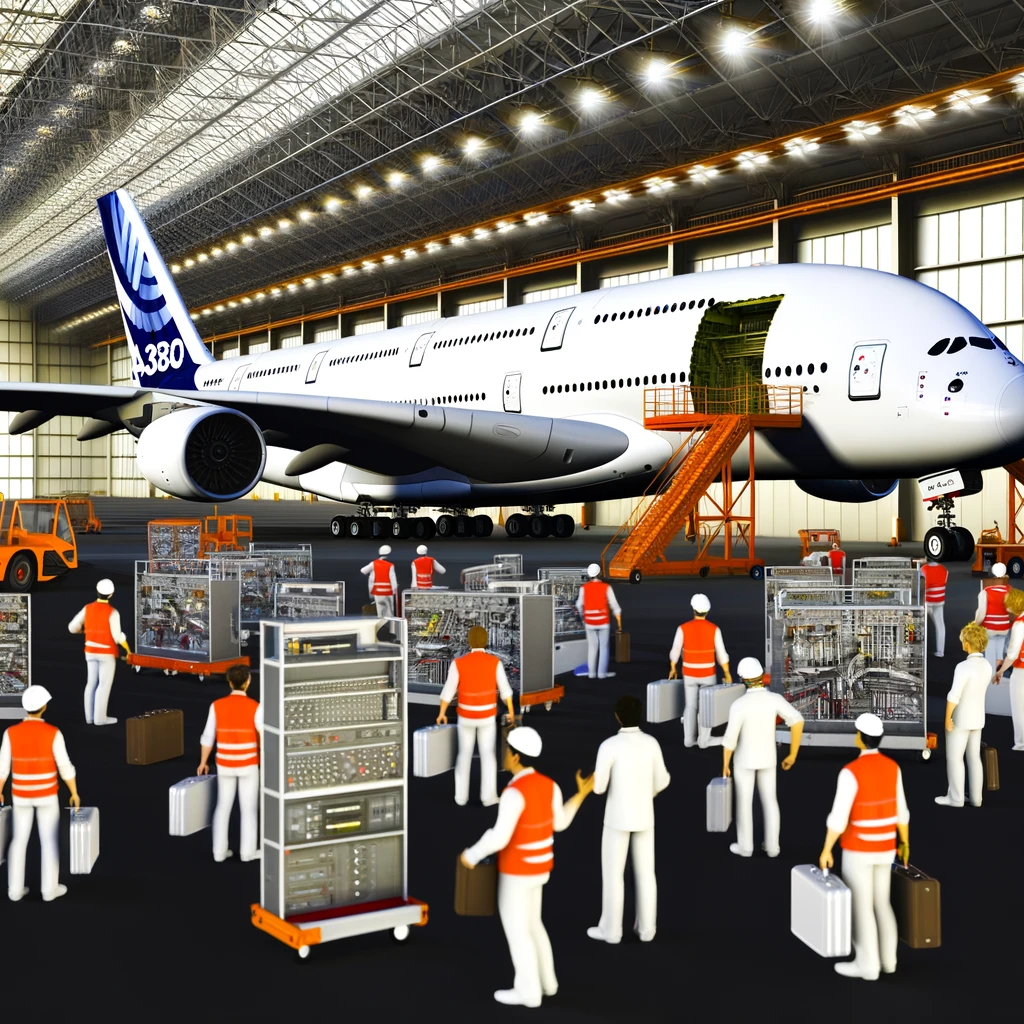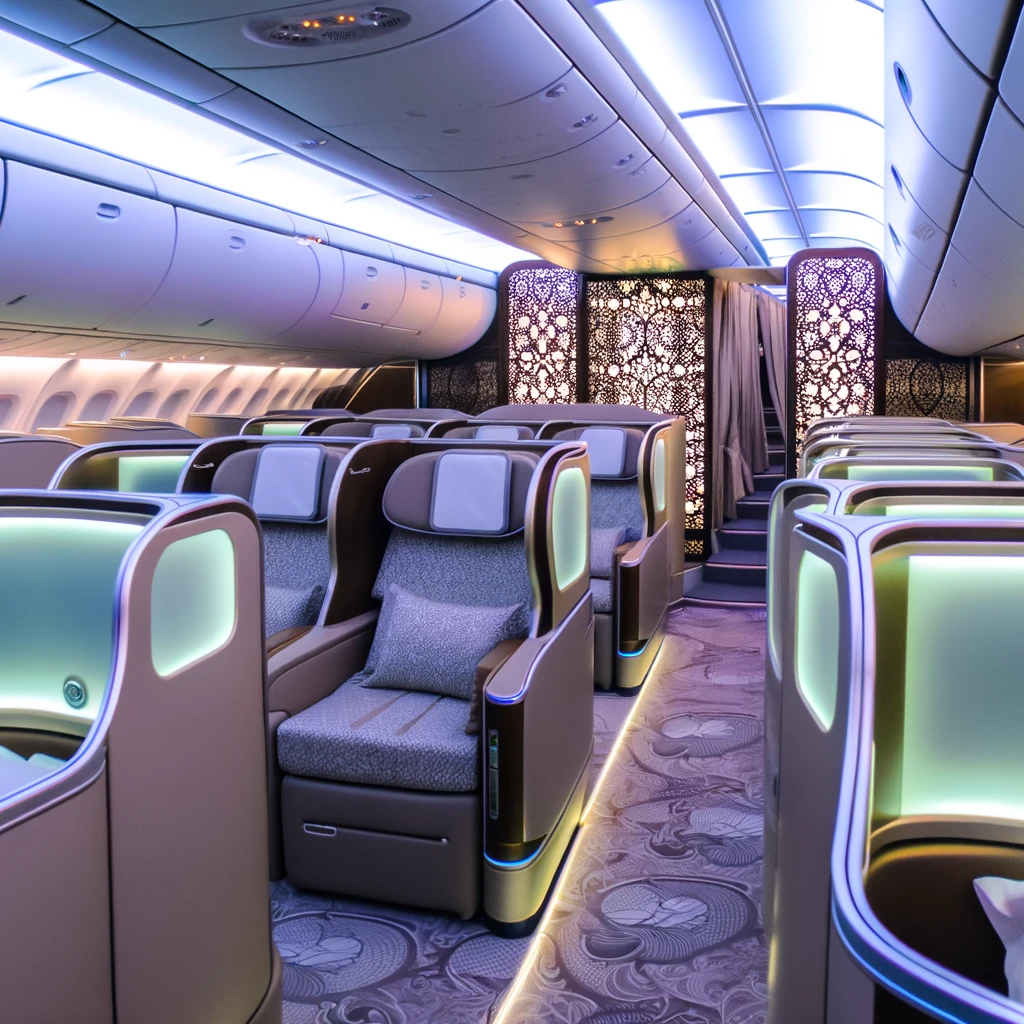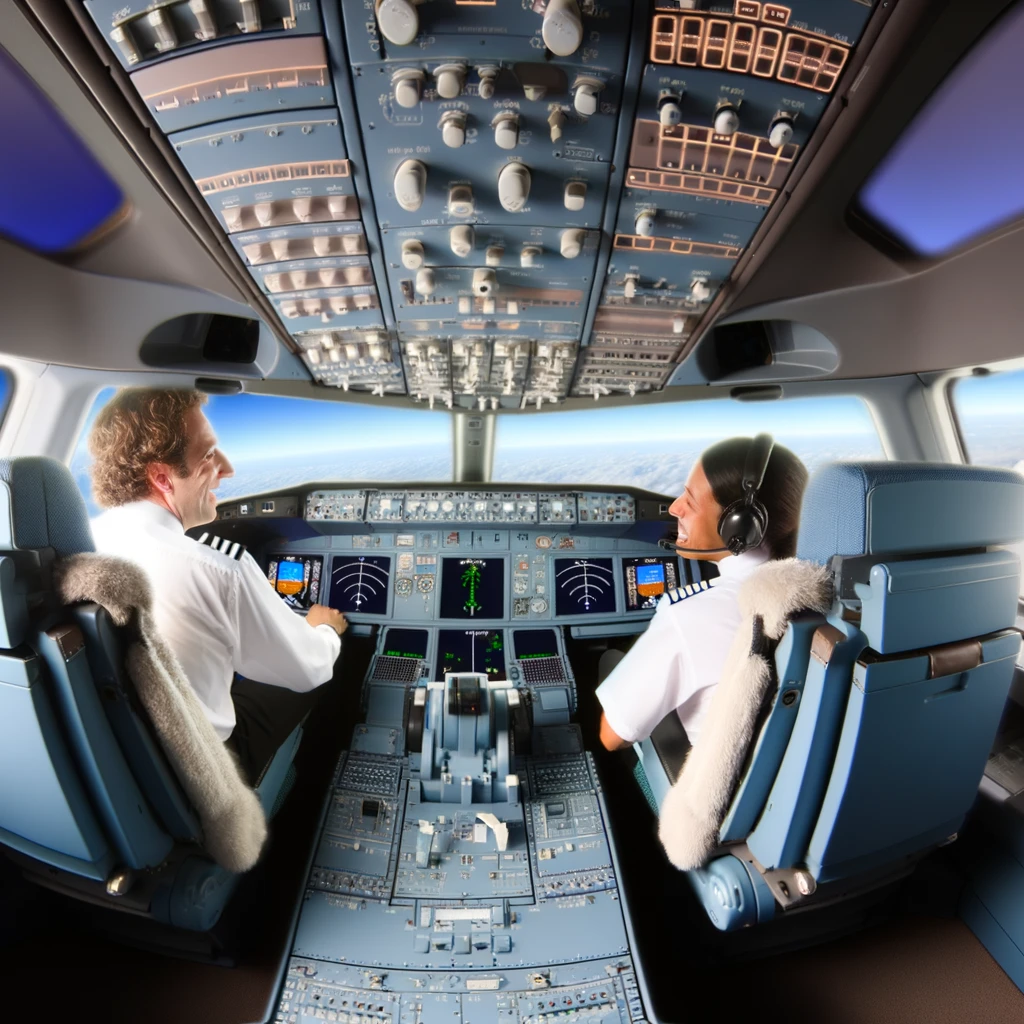
The End of an Era: Understanding the Airbus A380's Production Cessation
The Airbus A380, once a symbol of aviation innovation, has officially reached the end of its production line. This development marks a significant moment in aviation history, prompting discussions about the future of air travel and the changing dynamics of the airline industry.
Why the Airbus A380 was Revolutionary
Introduced in 2007, the Airbus A380 was the world's largest passenger aircraft, capable of carrying up to 853 passengers in an all-economy class configuration. Its double-deck design, spacious cabins, and advanced technology made it a favorite among passengers, offering unparalleled comfort and amenities.
However, despite its initial success and the excitement it generated, the A380 faced challenges that eventually led to its production cessation.
Challenges Leading to Production Halt
Market Demand Shift: Airlines have increasingly favored smaller, more fuel-efficient aircraft like the Airbus A350 and Boeing 787. These models offer operational flexibility, allowing airlines to maintain profitability on long-haul routes with lower passenger demand.
Operational Costs: The A380's size and four-engine configuration contributed to higher operating costs, especially in a market where fuel efficiency is a priority. Maintaining and operating such a large aircraft became economically unfeasible for many airlines.
Airport Infrastructure: Not all airports were equipped to handle the A380's enormous size, limiting its operational routes. As a result, airlines found it challenging to maximize the aircraft's potential.
Impact on the Aviation Industry
The cessation of A380 production has led to several implications for the aviation industry:
- Fleet Modernization: Airlines are now more focused on renewing their fleets with smaller, technologically advanced aircraft that offer better fuel efficiency and flexibility.
- Environmental Considerations: The end of the A380 era aligns with the industry's shift towards sustainability. Newer aircraft models have significantly reduced carbon footprints compared to the A380.
- Passenger Experience: While the A380 offered unmatched luxury, airlines are now investing in innovative cabin designs in smaller aircraft to enhance passenger comfort without compromising on efficiency.
The Future of the A380
Although production has ceased, many A380s will continue to operate for years. Airlines like Emirates have heavily invested in the A380 and will maintain their fleets, offering a unique experience to passengers who still seek the grandeur of flying on the world's largest passenger aircraft.
Furthermore, the A380's legacy continues to influence aircraft design and engineering, serving as a testament to human ingenuity in aviation.
Conclusion
The Airbus A380's production cessation marks the end of an era in aviation history. While it faced challenges that led to its early retirement, its impact on the industry remains profound. As airlines adapt to a changing landscape, the lessons learned from the A380 will guide future innovations, ensuring that the spirit of aviation advancement continues to thrive.
Related Articles





